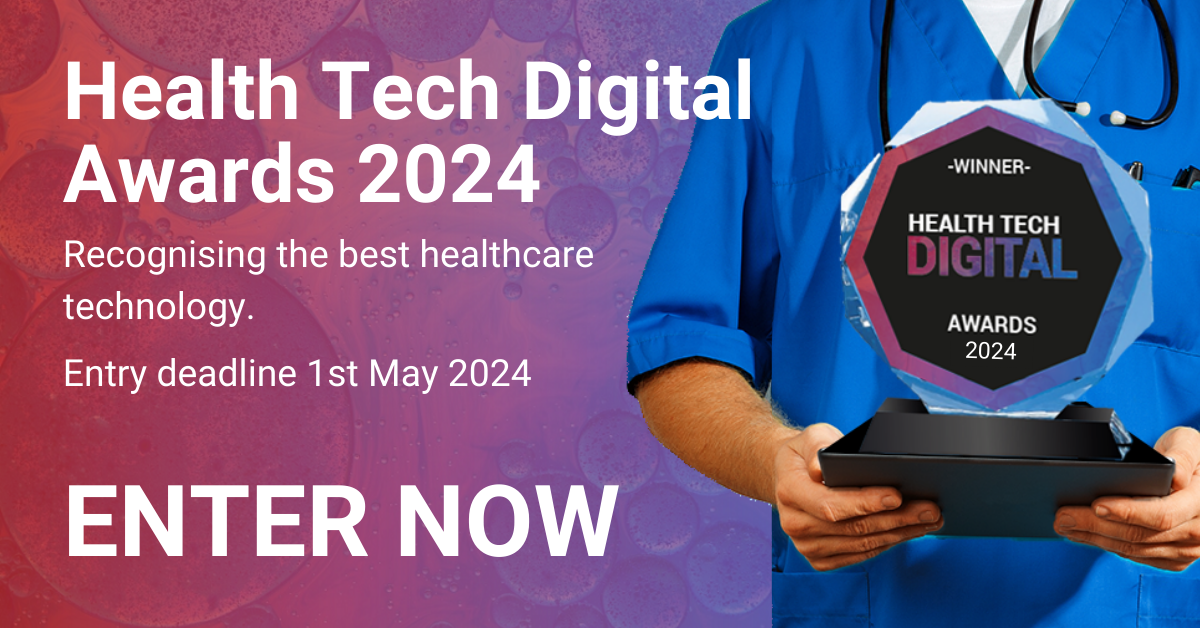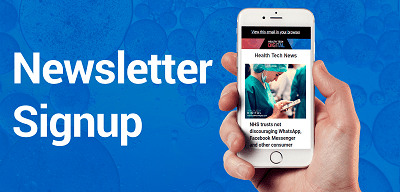
If there is one agreed fact regarding Covid-19 it is that the NHS has changed and will continue to change. There is consensus amongst both clinical and administrative staff that many of the innovations fast tracked to cope with the pandemic, from staff empowerment to data sharing, should be safely adopted wherever possible.
For Trust Boards, however, the challenge now is to reimagine and redefine service models whilst preparing for subsequent waves of pandemic, managing the significant demand backlog and ensuring the safety of both staff and patients. How can Trusts balance demand with available capacity? Determine how best to optimise resources across not just one but multiple hospitals within an area? Segregate and track Covid and non-Covid patients and staff to ensure safety?
As Neil Griffiths, Managing Director, TeleTracking UK, explains, the speed with which Trusts can gather and, critically, use real-time data will be essential to manage future pandemic crises, safely support essential patient services whilst proactively embracing the benefits of now proven digital transformation.
Embrace Positive Change
The speed with which the NHS transformed service delivery during the peak of the Covid-19 pandemic was extraordinary. This is testament to the quality and commitment of individuals throughout the health service, many of whom moved to new locations, working with new colleagues and unfamiliar equipment and processes. As we enter the next phase and begin to restart services that were suspended, Trusts are exploring how best to resume elective programmes and cancer treatments under the restrictions presented by Covid-19 – but also with a very clear objective to capture the best of the innovations achieved over the past few months.
With analysis from a recent freedom of information request estimating NHS waiting lists of 15.3 million, the pressure is certainly on to ramp up appointments and treatment wherever possible. Yet without a quick and reliable test, every aspect of care delivery is slowed and constrained. It must be assumed that all patients requiring emergency care are Covid-19 positive, for example, meaning additional delays due to the requirement for both PPE at all times as well as the cleaning of beds, imaging equipment and operating theatres between patients. Even moving patients around a hospital becomes more complex because, as stated in a recent Nuffield Science discussion document: “The building and design of many English hospitals makes them unprepared for the kind of infection control needed in the coming months.”
And yet there is also growing consensus that this is a once in a lifetime opportunity for positive change; a chance to rethink healthcare delivery, overcome service fragmentation and deliver patient services that truly reflect demands.
Exploring New Models
Many Trust Boards are exploring fundamental changes to service delivery, increasingly moving away from individual hospital sovereignty to a multi-hospital collaborative approach. In addition to providing Covid-19 Red and non-Covid-19 Green locations, Trusts are also exploring the consolidation of specific services to one hospital within an area. All cancer services in one hospital, for example, all paediatric services in another; with the entire secondary care experience being managed as a whole across the geography.
Clearly such change requires different thinking – not only to create the new service delivery model but also to embed the agility and fluidity that is likely to remain essential for at least the next 18 to 24 months. At the same time, with traditional performance measures such as budgets and income targets, and four hour A&E waits now replaced by a focus on staff and patient safety, there are new questions regarding accountability that need to be considered.
As highlighted by Dr. Mark Britnell, in his summary of new emerging health systems characteristics, the Operations (Ops) or Command Centre is set to play an essential role in the effective and efficient management of services across a multi-hospital environment, from capacity planning and resource management to facilitating a rapid response to a crisis.
Real-Time Data
Capacity planning is nothing new; but in the current circumstances it needs to be better, faster and immediate to enable a far more agile and responsive service. What capacity – people, skills, equipment, beds – is available within the next few hours and days? How can that capacity be allocated across, for example, elective and non-elective services? Are staff likely to be required at a nearby Red Covid-19 location if a spike is predicted by the real-time data being collected by Public Health England?
And what about the other end of the process – patient discharge. How effectively are patient discharges being managed? Is each ward meeting its goals for discharging patients before midday?
Collecting this data is one thing – and actually a relatively straightforward process, using, for example, RFID badges for patient and asset tracking. The essential difference will be in how that data is used – and the speed with which it is used to take decisions. For example, having immediate visibility of where there are delays to patient discharge – delays that have a knock-on effect on other parts of the hospital, including A&E – allows for rapid intervention. Collecting data on the timing of ward rounds and patient medication provides a clearer picture of patient flow and an opportunity to rapidly identify and mitigate any blockages.
Gathering this information together in one place helps provide intelligence to operational decision making and planning. Some organisations call this place a Command Centre, others a Control Centre or Coordination Centre, but all with the same purpose to improve patient flow.
Data for Action
This is a significant cultural change. A data-driven NHS will be a very different environment to the one in which data, where available, has been used to fuel debates and discussion. Both clinical and administrative staff need to understand and trust the data, using it instinctively and automatically to drive decisions. This will require not only training but also extensive engagement to ensure staff embrace the positive value of data-driven decision making.
This change will affect every tier of the hospital; from clinicians to management, day-to-day job roles must evolve. The precedent has been set. As the Nuffield Study reported, during the peak of the pandemic, it was more productive for one member of staff to put on PPE and carry out several tasks that would previously have been spread across different members of the clinical team and support staff. The redesign of working patterns and job roles has already occurred; the NHS can build on this change by adding data to support best practice actions and ensuring everyone instinctively follows the data.
Conclusion
Trusts are motivated to change. Individuals at every level want to embrace the positive innovations of the past few months, including working from home for many non-clinical staff. At the same time, of course, the underpinning goal must remain patient and staff safety. As the NHS restarts critical cancer treatments and outpatient appointments, the Command Centre is set to become the hub of all hospital – indeed multi-hospital – activity. Safe, effective, fluid service delivery will require better capacity and resource management; it will require an ability to identify the priority digital innovations to move from temporary to permanent status; and it will mean embedding a culture of data-driven decision making throughout the NHS.
From ensuring all management job roles are redefined to include data analytics skills to embarking upon a process of cultural change, there are challenges ahead. However, there is one unarguable point: it is essential to eradicate all paper-based processes. To survive and to thrive, the NHS requires reliable, central, responsive systems that make the best use of time, skills, resources and data to deliver safe and consistent patient services.













